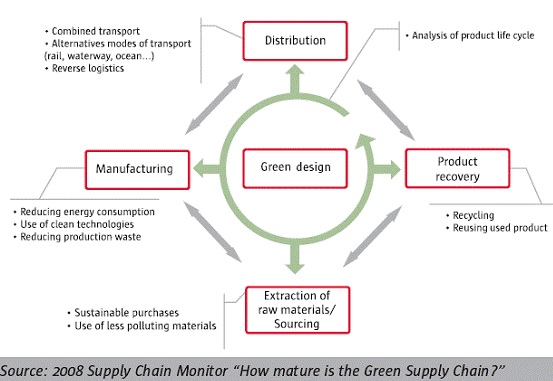Example of a Supply Chain Management System of a Company.
Example of a Supply Chain Management System of a Company. Related Articles. 1 The Advantages of Supply Chain Management Systems 2 Examples of a Serial Multi-Echelon System for Supply-Chain Management 3 Develop a Supply Chain Management Plan 4 About Supply Chain Management Systems. A supply chain management system organizes the tasks involved in the supply chain process. The factors in the supply chain process include the
product manufacturer, the wholesaler, the distributor and the retailer. The objectives of a supply chain management system are to increase customer value and to develop a reliable advantage over the competition. Small businesses that take part in supply chain management activities must understand how they fit into the system and how they can accomplish their appointed tasks. Point-of-Sale Synchronization. When all facets of the supply chain have the same data at the same time, the increased efficiency of information removes data lags and saves costs. The textile firm Milliken & Company was one of the first companies to use point-of-sale data from retail outlets to link up to their manufacturing facilities.

Before the synchronization efforts, the company would take 18 weeks to fill an order from retailers. The increased data efficiency allowed Milliken to cut that time down to three weeks. Web-Based Supply Chain Management System. The advent of Internet technology has enabled businesses to communicate with each other with unprecedented speed and clarity. The U.S. Department of Agriculture developed a Web-based solution for farmers and ranchers seeking to communicate with distributors and wholesalers. The Web-Based Supply Chain Management System consists of commercially available software packages that provide an integrated system to purchase, track and order agricultural products. The Internet-based system allows all the participants in the supply chain to obtain the information they need. Business software developer SAP has created a suite of products devoted to supply chain management. The SAP SCM suite offers a range of functions for shipping, manufacturing and procurement. Unlike some supply chain management systems, which rely on the ability of various software programs and databases to communicate with each other, the elements of the SAP suite use the same standards to communicate between them. The costs for such a comprehensive system can be high, especially for small businesses with tight budgets.




Комментариев нет:
Отправить комментарий